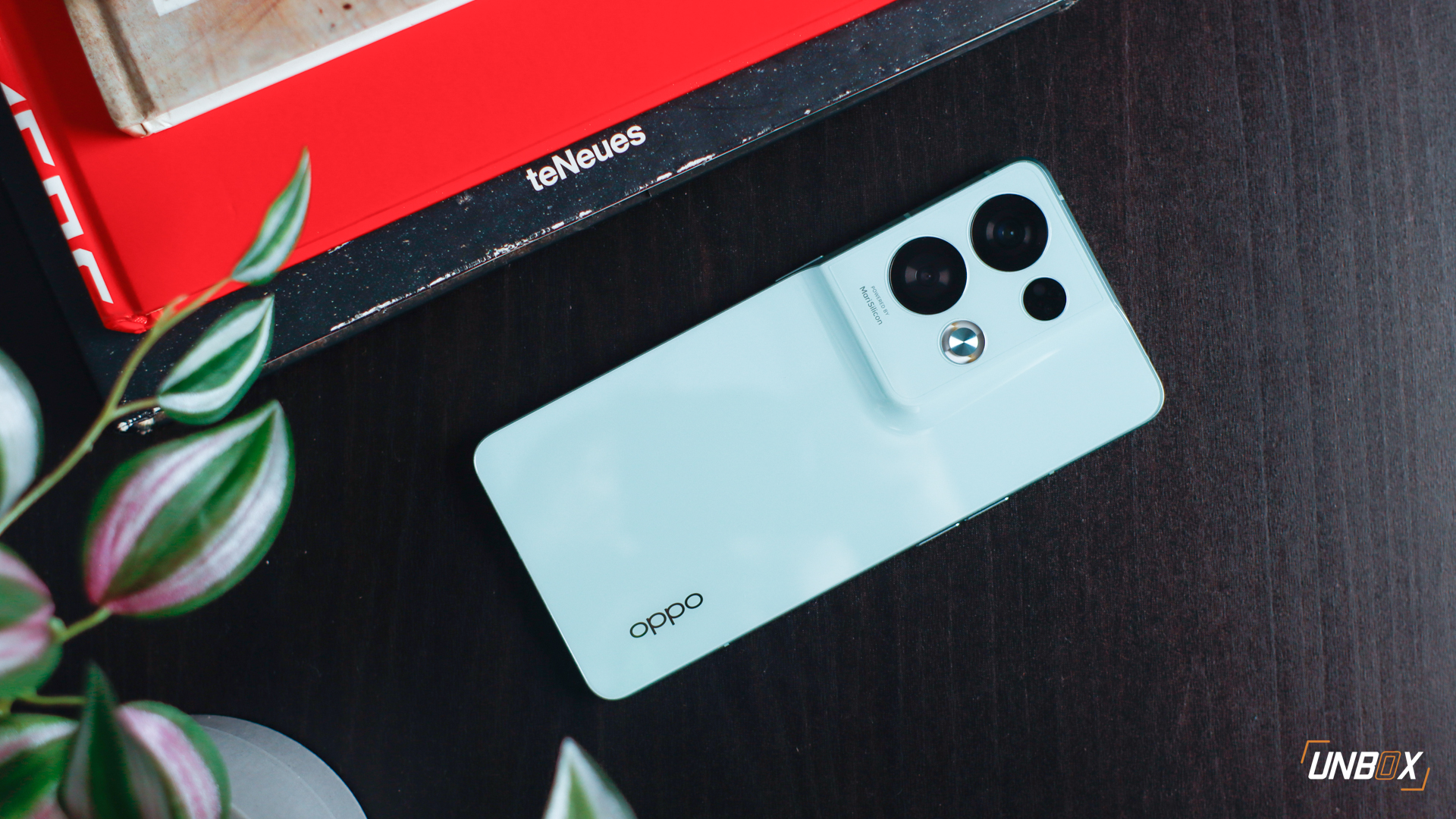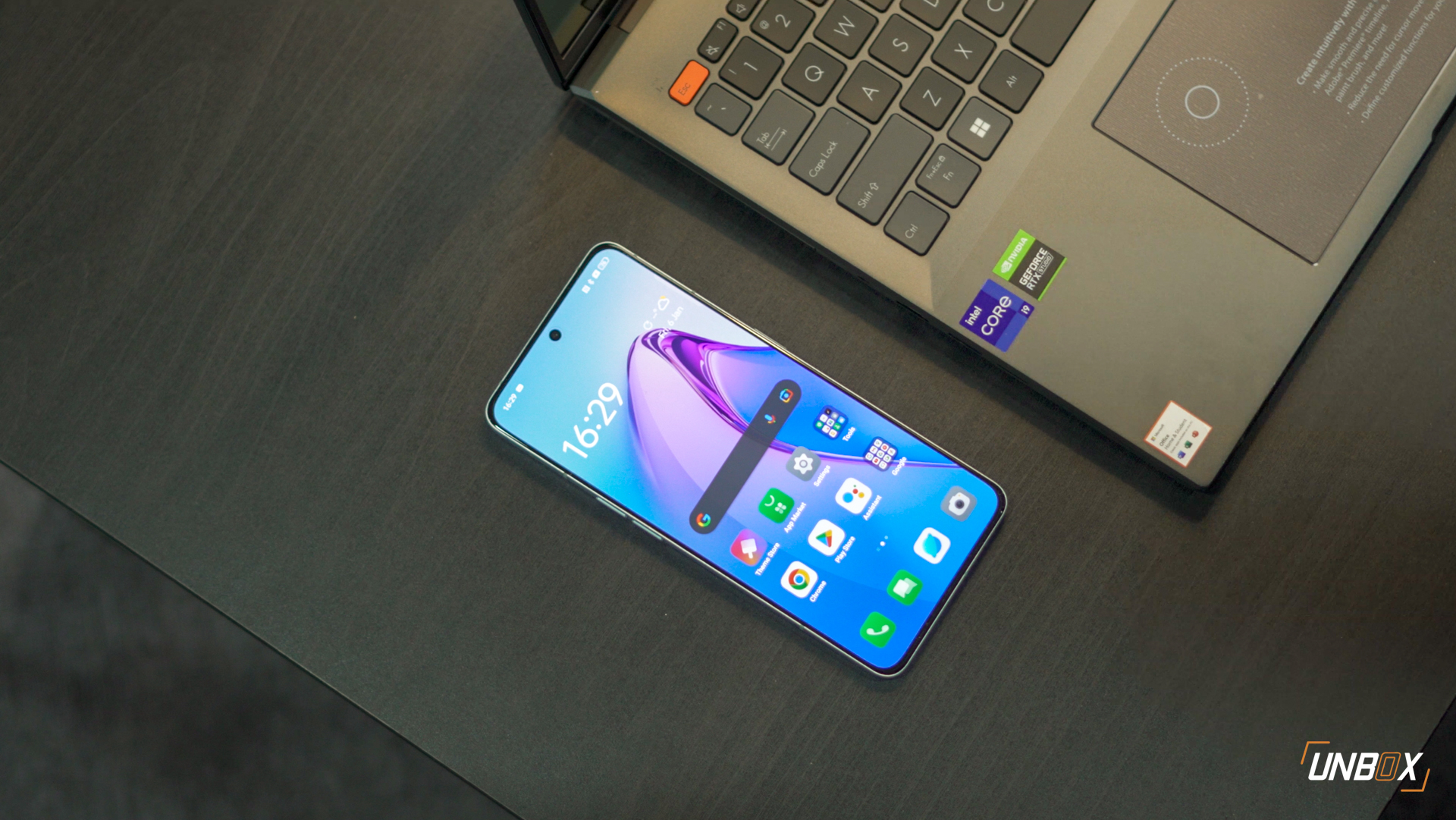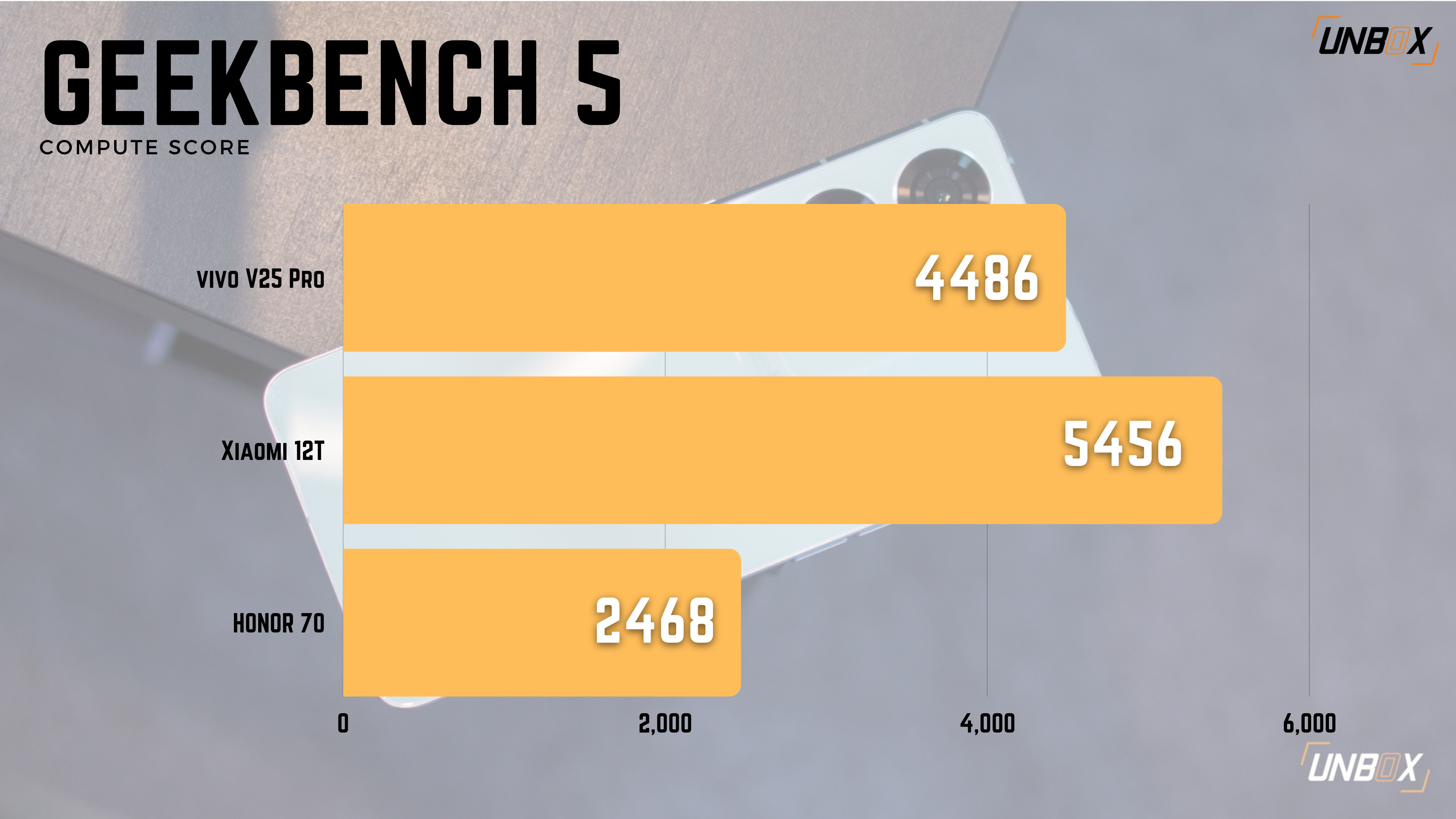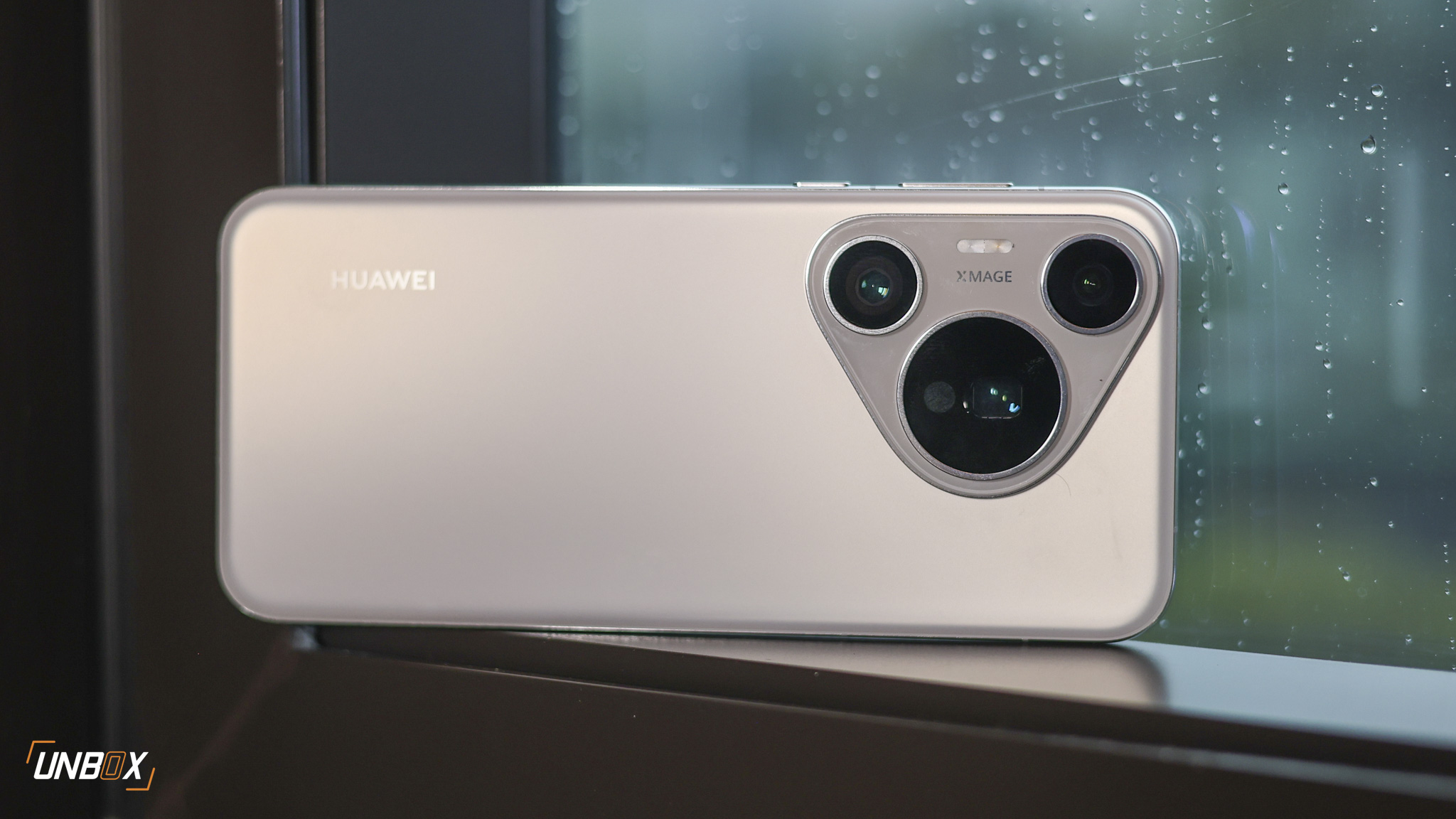OPPO may have brought the Reno8 Pro to the Philippines several months after it has become official in China, but it does have what it takes to be a competent upper mid-range phone with its design and camera performance. We review the OPPO Reno8 Pro to see if it’s still relevant in the Philippines despite a late arrival.


How does the Reno8 Pro look and feel?
It feels very premium, you’d really think that it’s a flagship phone. After we became disappointed with the build of the Reno7 series, the Reno8 Pro brings back the aluminum frame that’s very solid. We love how the frame integrates with the huge camera bump, and the flat sides make it easy to hold.
Speaking of the camera bump, the Reno8 Pro has an attention-grabbing one with its sheer size. It houses three cameras and a flash, and the huge bump has a seamless integration to the back panel, giving it a clean look. The back panel may be a fingerprint magnet because of its glossy finish, but it feels premium since it is made of glass.

Further adding to the premium appeal of the Reno8 Pro is its display, as it has arguably one of the thinnest bezels we’ve ever seen in an upper mid-range phone. They are, in fact, thinner than the one we saw on the Nothing Phone (1).
The display retains the niceties of its predecessor: Full HD+, 120hz variable refresh rate, in-display fingerprint scanner, and a 32-megapixel IMX 709 Selfie shooter housed in a punch-hole. Like its predecessor, the Reno8 Pro supports Widevine L1 and can handle HDR content across all video streaming platforms. It is a step above its predecessor, however, as OPPO finally added stereo speakers (and decent ones no less) to the Reno8 Pro.

Can the Reno8 Pro’s cameras compete in the upper mid-range segment?
They perform very well—especially if you focus on the main and selfie cameras. We mentioned earlier that the selfie shooter uses an IMX 709 sensor, and that you still get an IMX 766 sensor for the main camera—which is the same one used on the Reno7 Pro and 6 Pro.
The main game changer on the Reno8 Pro is the addition of OPPO’s MariSilicon X ISP chip. Instead of depending on the ISP of the Dimensity 8100, the MariSilicon X handles all the heavy lifting needed for processing photos and videos, and it shows: despite using the same main camera and (unfortunately) ultra-wide-angle camera, the Reno8 Pro’s camera performance is significantly much better. Colors are more natural and are not oversaturated, and low-light performance is excellent.
The added processing muscle provided by the MariSilicon X ISP also shows in video, where the Reno8 Pro managed to get stable 4K even when shooting handheld—depending only on EIS to keep footage stable.
The same can be said with the selfie shooter, as the MariSilicon X ISP makes the most out of the IMX709 sensor in delivering the best possible selfies even at low-light situations.
Like previous Reno phones, our main complaint with the Reno8 Pro is that OPPO did not upgrade the ultra-wide-angle camera and that the filler 2-megapixel camera still remains. OPPO has been using both cameras on several Reno iterations, and we hope that OPPO can finally move on and put better cameras to go with the main camera.

What’s it like to live with the Reno8 Pro?
Beyond looks, the Reno8 Pro is a pretty powerful device on its own—in fact, it’s probably the most powerful Reno phone available locally. You get a Dimensity 8100 processor, along with 12GB LPDDR5 RAM and 256GB UFS 3.1 storage.
OPPO’s processor of choice is an excellent one, as we have proven several times how the Dimensity 8100 feels more like a flagship chip—being able to match or outclass some of Qualcomm’s Snapdragon 8 series chips in certain scenarios.

While the Reno8 Pro is positioned more for its camera performance, it can do gaming as well. Playing Asphalt 9 was a joy at high settings, where we consistently hit 50FPS with practically no noticeable frame drops. Running Genshin Impact is not a problem even at the highest graphics settings, being able to stay stable at 41FPS with a very good 89% stability.
The Reno8 Pro is one of the few phones that come with Android 13 (Android 12 with its initial release last June 2022), and OPPO has greatly improved its pace in rolling out updates to its phones.
The Reno8 Pro has the same 4500mAh battery used by its predecessor, but OPPO upgraded the charging speeds to 80w, allowing you to fully charge the phone in around 40 minutes.

Who is the Reno8 Pro for?
The Reno8 Pro is made for content creators who want a flagship-like camera performance AND also desire a phone that is stylish and a sure trendsetter. The exaggerated camera module does deliver the goods with the MariSilicon X chip maximizing the camera hardware of the Reno8 Pro. Despite being an excellent performer as a content creator device, we still wished OPPO gave meaningful upgrades to the ultra-wide-angle camera.
The Reno8 Pro may have arrived late in the Philippines, but its overall performance shows that it is still an upper mid-range phone that’s worth considering.

OPPO Reno8 Pro Philippines Specs
- Dimensity 8100 processor
- 12GB LPDDR5 RAM
- 256GB UFS 3.1 storage
- 6.7-inch Full HD+ AMOLED display, 120hz refresh rate, HDR10+
- 50-megapixel f/1.7 main camera with PDAF, 8-megapixel f/2.2 ultra-wide-angle camera, 2-megapixel f/2.4 macro camera, MariSilicon X NPU
- 32-megapixel IMX709 selfie camera with autofocus
- 4G, LTE, 5G
- WiFi, Bluetooth 5.1, in-display fingerprint scanner
- Stereo speakers
- 4500mAh battery
- 80w fast charging
- Android 13, ColorOS 13
OPPO Reno8 Pro: Price and Where to Buy in the Philippines
The Reno8 Pro is exclusive to Globe via GPlan 1499 with a Php 750 monthly cash out for 24 months. It comes bundled with a pair of Enco Air2 TWS earbuds.

























